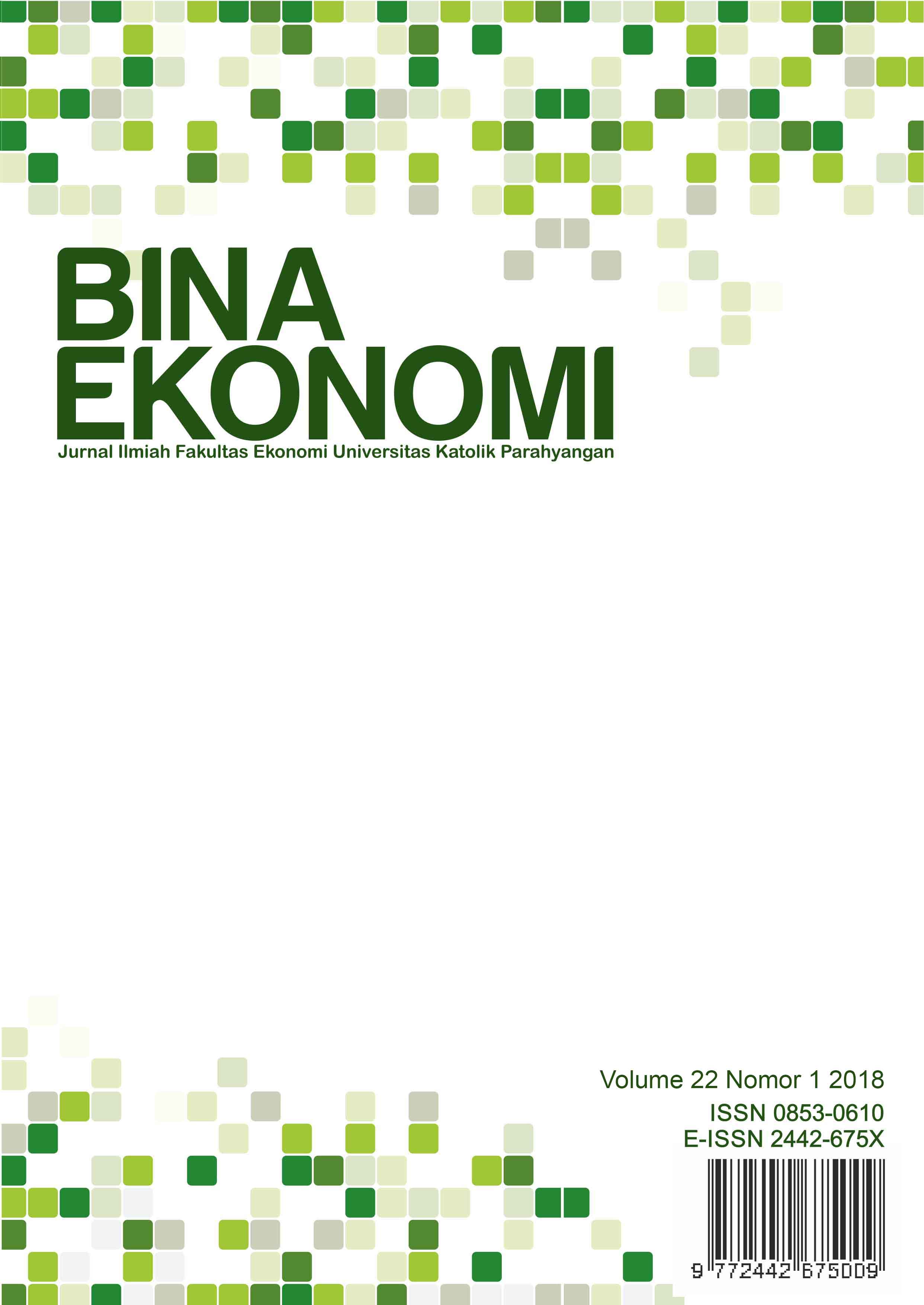ANALISIS FAKTOR KOMUNIKASI ONLINE DAN BRAND LOVE MANCHESTER UNITED SEBAGAI SPORTS BRAND PADA PENGGEMAR MANCHESTER UNITED DI BANDUNG
DOI:
https://doi.org/10.26593/be.v22i1.3104.1-9Abstract
A brand for sport teams nowadays is a very valuable asset (Burrow, 2013). Sports team need to improve brand image like businesses do. These sports team conduct online communication to improve their brand image. Manchester United do this by managing their official Facebook, Twitter, Instagram and official website account. With so many factors to manage and monitor, the task of managing this online communication channel can be a very demanding task. The objective of this paper is to try to make it less complicated. From twenty indicators of online communication, using factor analysis, the result is five factors namely: twitter junkie, website user, IG and FB user, news hunter, and brand love.
Keywords: brand love; sports marketing; online communication; factor analysis
References
AC Nielsen. (2016). AC Nielsen. Diambil dari www.nielsensports.com: http://nielsensports.com/south-east-asias-sports-industry/
Baena, V. (2016). Online and mobile marketing strategies as drivers of brand love in sports. International Journal of Sports Marketing and Sponsorship, 202-218.
Bauer, H. H., Sauer, N. E., & Schmitt, P. (2005). Customer-based brand equity in the team sport industry. European Journal of Marketing, 496-513.
Bergkvist, L., & Bech-Larsen, T. (2010). Two studies of consequences and actionable antecedents of brand love. Journal of Brand Management, 504-518.
Blumrodt, J. (2014). Enhancing Football Brands' Brand Equity. The Journal of Applied Business Research, 1551-1558.
Burrow, G. (2013). Economic Modelling. Diambil dari www.economicmodelling.com: http://www.economicmodeling.com/2013/07/09/not-just-a-game-the-impact-of-sports-on-u-s-economy/
Caroll, B. A., & Ahuvia, A. C. (2006). Some Antecedents and outcomes of brand love. Marketing Letters, 79-89.
Guenzi, P., & Nocco, M. (2006). The launch of new brands by professional soccer teams: the case of U.S. Lecce-Salento 12. International Journal of Sports Marketing and Sponsorship, 99-114.
Hair, J., Black, W. C., Babin, B. J., & Anderson, R. E. (2010). Multivariate data analysis (7th ed.). Harlow: Pearson.
Hur, Y., Ko, Y. J., & Claussen, C. L. (2011). Acceptance of sports websites: a conceptual model. International Journal of Sports Marketing and Sponsorship, 13-27.
Kunkel, T., Funk, D., & Hill, B. (2013). Brand Architecture, Drivers of Consumer Involvement, and Brand Loyalty With Professional Sport Leagues and Teams. Journal of Sport Management, 177-192.
Manchester United. (2017, Aug). http://ir.manutd.com/. Diambil dari http://ir.manutd.com/: http://ir.manutd.com/
Neuman, W. L. (2006). Social research methods: qualitative and quantitative approaches. Boston: Pearson International.
Raharja, H. S. (2017, July 11). statmat.id. Diambil dari statmat.id: https://statmat.id/panduan-menguasai-metode-analisis-faktor/
YouGov. (2015, 10 29). YouGov. Diambil dari www.id.yougov.com: https://id.yougov.com/en-id/news/2015/10/29/asian-football-fans-en/


